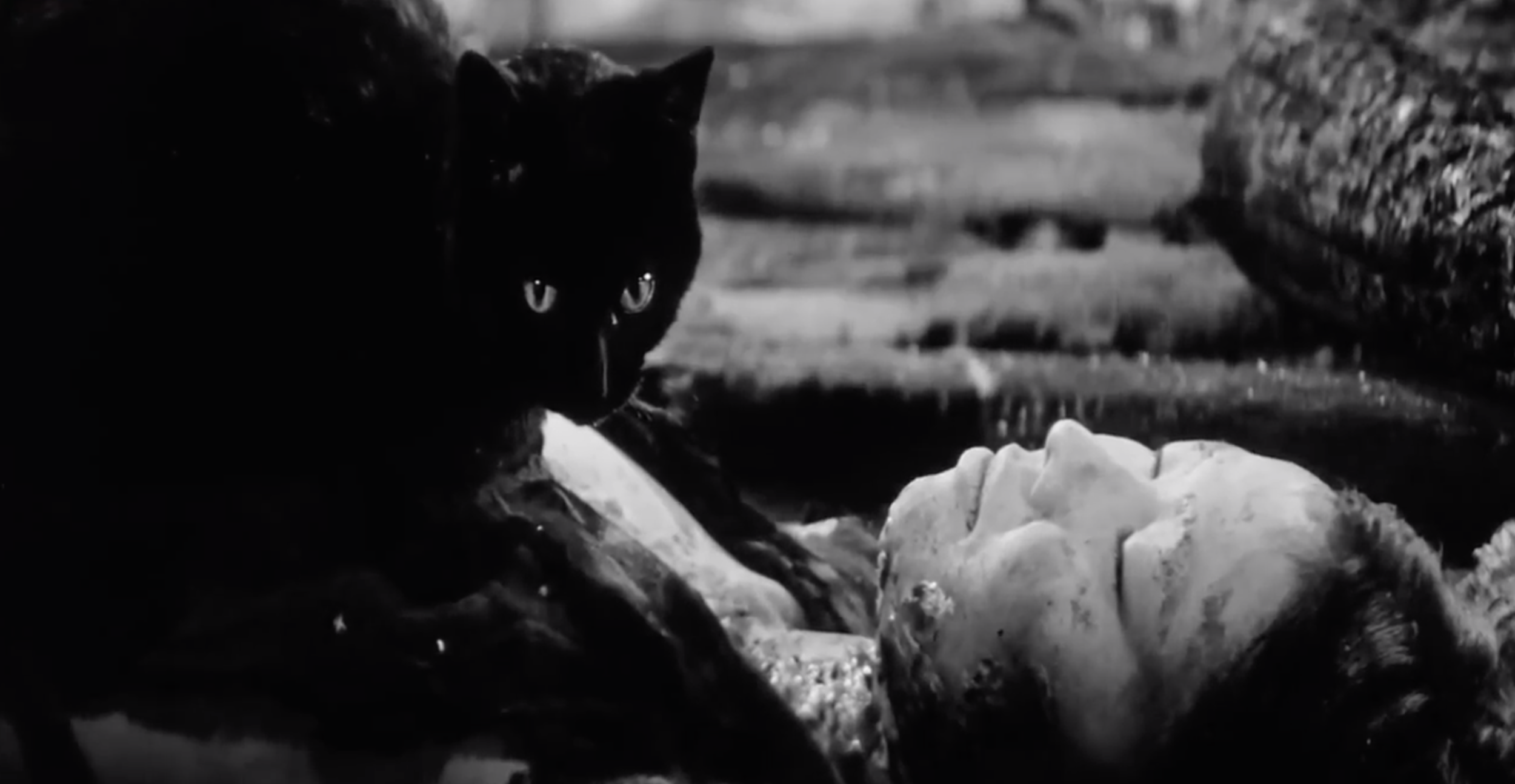31 Days of Asian Horror: Kuroneko (1968)
*Slight spoilers throughout
When I was first coming up with the list of movies to watch and review for this month, I knew I wanted to focus on some offerings that pushed me out of my watchlist and into areas that were a bit more foreign to me. It’s eventually how I chose do the “retro” day. I wanted to purposely pick some older films. I didn’t think when I was planning that I would develop such a deep love for it. It seems silly in hindsight, as a lot of the elements that these movies focus on and the way that they are produced are what I enjoy. I was happy that Kuroneko proved to be much more of a solid pick than I had ever hoped.
Kaneto Shindo’s Kuroneko is based on a folktale by Ryūnosuke Akutagawa, In a Grove. Set during the civl war in Japan, the film follows a mother and daughter-in-law who are assaulted than murdered, returning as cat-like ghosts to avenge their deaths. I pause to say that this move is a horror. In a way, it is but the story flows as a mashup of multiple genres. Kuroneko is more than just a vengeful spirit tale. It’s a story of grief, love, anger, and a deep sadness of what could - and should - have been. Shindo is able to bridge the melding of these genres that goes beyond the normal vengeful female ghost stories and grounds the realness and confusion of the events.
The abrupt and brutal assault of the women in the very beginning of the movie sets up the tragedy they are forced to endure and there is an immediate understanding on why they do what they do. While their actions aren’t necessarily justified, the audience plays an understanding and sympathetic role and we immediately understand that the horror lies with these actions much more than what the pair will do. Their hatred for samurais are eventually challenged when Gintoki appears. Shige question everything and struggles with her want to feel his love and be happy again. The sadness that Yone feels for both her son and daughter-in-law and her pain and anger feeding her want for revenge create a story that is intriguing and heartbreaking. I was engaged throughout.
Another standout for the film is how it portrays the appearance of the pair. The practice of hikamiyu, shaving the brows and smudging on a higher line on the forehead, accented the feline features of the two. The lightness in the fight choreography also lent towards the feline feel as they were able to fly effortlessly through the air, landing quietly on their feet. There are only a few times we are reminded visually that they are cats, and at that point the viewer has almost forgotten that they are not the humans that they are presented with and just the smallest hint of them being inhuman reminds you of that and when the story of Gintoki starts to unfold it adds to a new grief.
The film is shot in black and white which adds another level to the creepiness of the setting when Yone takes the samurai back through the bamboo forests. The shadows and lines of the pair as they take the long walk through the woods heightens the tension of the situation - the density of the bamboo is engulfing. You are rarely ever scared for the women, though. In a way, the story is the act of the women taking back their lives, and becoming the upperhand in a time where they would normally not. They were violated in a such a horrific way that transcends their deaths, and there is something beautiful, while dark, about a story that allows them to see that out. While Yone finds her lost love and chooses to follow him, the mother can not. Even the love of her son doesn’t allow her to let go of vengence and mirrors how survivors can share the same assault, yet the way it affects them is drastically different.
Mizuki Sameuelson has a great essay that explores the topic more detailed, “Kuroneko: On Rape-Revenge and The Monstrous Feminine” that focuses more on the difference between Yone and Shige’s end choices that I highly suggest checking out.
Kuroneko can be streamed on the Criterion Collection.
+++


